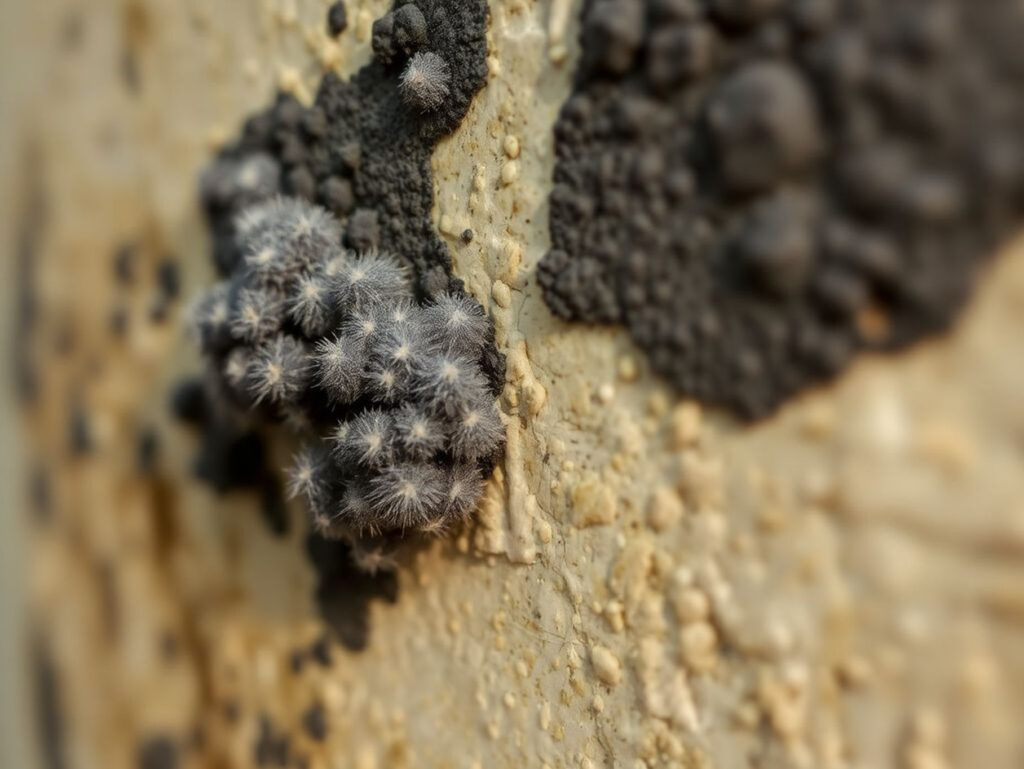Key Takeaways
-
Mold often thrives in damp areas like attics, basements, and bathrooms.
-
Visible signs include discoloration on walls and fuzzy textures on surfaces.
-
Musty odors can signal hidden mold in your home.
-
High humidity levels can encourage mold growth, so keep an eye on moisture.
-
If you notice extensive mold or health issues, consider professional mold removal in Oak Park, IL.
Common Areas Where Mold Thrives
Mold loves moisture, so it’s no surprise that it pops up in certain spots around the house more than others. Knowing these hotspots can help you catch problems early. I’ve definitely learned the hard way that ignoring a little dampness can turn into a major mold situation fast.
Attics and Basements
These are prime real estate for mold. Attics often have poor ventilation and can get really humid, especially during the summer. Basements, on the other hand, are prone to flooding and leaks. Any water intrusion is basically an open invitation for mold to set up shop. I remember one time, our basement flooded after a heavy rain, and within days, there was mold growing on the drywall. It was a mess to clean up.
Crawlspaces and Bathrooms
Crawlspaces are similar to basements – dark, damp, and often neglected. Bathrooms are obvious culprits because of all the steam and water. Pay special attention to grout and caulk, as these areas tend to trap moisture. I always make sure to run the exhaust fan during and after showers to help keep the humidity down.
Behind Walls and Under Sinks
These are the sneaky spots where mold can grow undetected for a while. Leaky pipes under sinks or behind walls create the perfect conditions. By the time you notice a problem, it could be pretty extensive. I had a slow leak under my kitchen sink for months before I realized it, and when I finally checked, there was a whole colony of mold thriving in the cabinet. Now, I make it a point to check those areas regularly.
Visible Signs of Mold
Okay, so you suspect mold. What can you actually see? Sometimes it’s super obvious, other times you have to look a bit closer. Mold comes in a bunch of colors and textures, so it’s not always that classic green fuzz you might expect.
Discoloration on Walls
One of the first things you might notice is discoloration. This could be spots, streaks, or just a general change in the wall’s color. Even if you paint over it, the mold can still show through. It’s persistent like that. Keep an eye out, especially in corners or areas that tend to be damp. The color can vary widely, including gray, black, green, or even white, pink, or purple.
Fuzzy or Slimy Textures
If you see something that looks fuzzy, powdery, velvety, or even slimy, that’s a big red flag. Texture is a key indicator. It’s not always just a stain; it might actually have a raised or uneven surface. Don’t touch it directly, though! Use gloves and a mask if you need to get a closer look.
Mold Growth on Furniture
Don’t just check the walls! Mold can grow on furniture too, especially on the backs of pieces that are against walls. Also check things like:
-
Upholstered chairs
-
Wooden tables
-
Fabric-covered headboards
Closets are notorious for mold growth because they’re often small, enclosed spaces with poor ventilation. Humidity levels can be higher in closets than in the rest of the house, creating the perfect environment for mold to thrive. So, give your furniture a good once-over, especially if it’s in a damp area or a closet.
Unpleasant Odors Indicating Mold
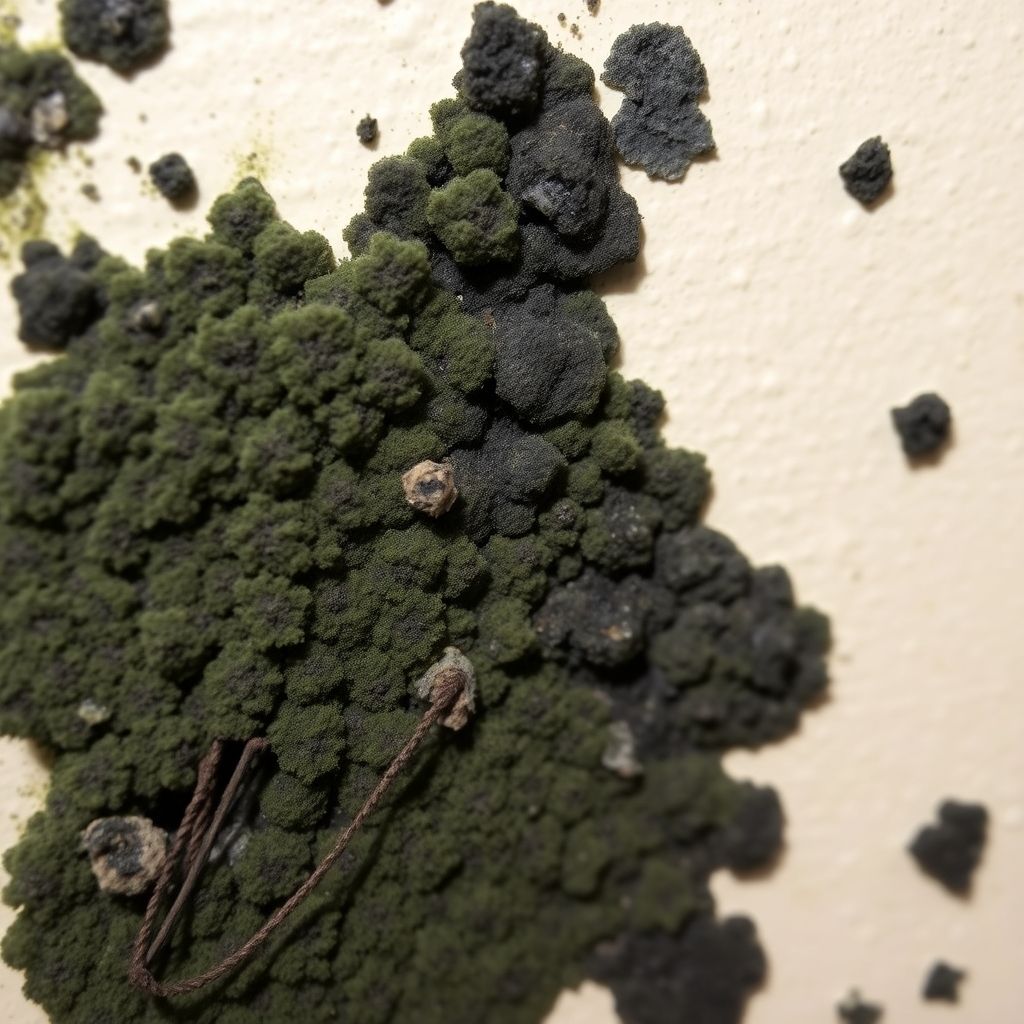
Sometimes, you might smell mold before you actually see it. It’s like that weird smell in your fridge that you can’t quite place, but you know something’s off. Mold often hides in places you can’t easily spot, like behind walls or under carpets. So, if you’re getting a whiff of something funky, it’s worth investigating.
Musty Smells in the Air
That classic musty smell is a big red flag. It’s often described as smelling like old socks or damp cardboard. If you notice this smell lingering in certain areas of your house, especially after it rains or in rooms that tend to be humid, mold could be the culprit. It’s not a pleasant smell, and it’s definitely not something you want to ignore.
Odors from Appliances
Appliances that use water, like washing machines and dishwashers, can be breeding grounds for mold. If you notice a strange odor coming from these appliances, it’s a good idea to check for mold growth. Sometimes, it’s as simple as cleaning out the rubber seals or running a cleaning cycle with vinegar. But if the smell persists, you might have a bigger problem on your hands.
Scent in Closets and Storage Areas
Closets and storage areas are notorious for trapping moisture, which makes them perfect environments for mold to thrive. If you open a closet and get hit with a musty smell, it’s time to do some investigating. Check for mold on clothes, shoes, and other items stored in these areas. Proper ventilation and moisture control are key to preventing mold growth in these spaces.
It’s important to remember that if you smell mold, it’s likely there’s a hidden source somewhere in your home. Don’t just mask the smell with air fresheners; find the source and address the problem to prevent further mold growth and potential health issues.
Effects of High Humidity on Mold Growth
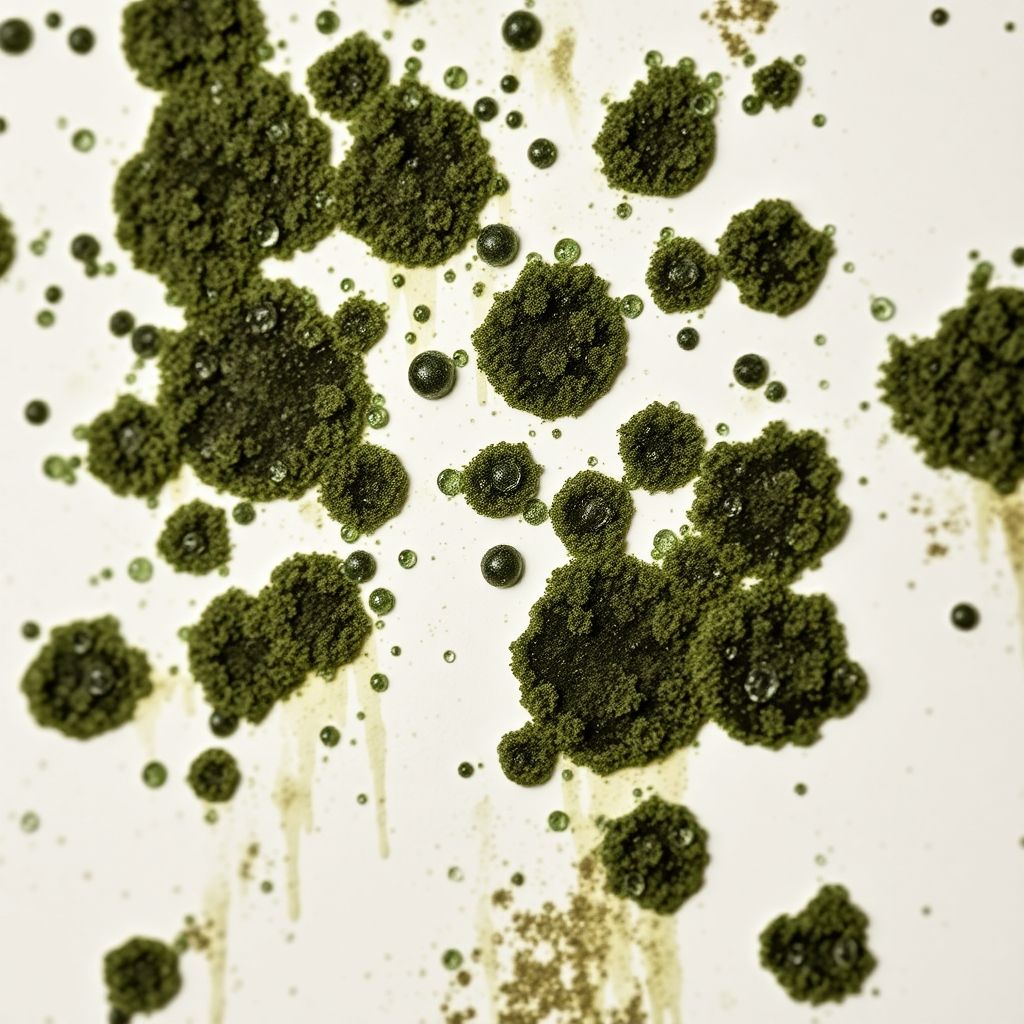
High humidity is like an open invitation for mold to set up shop in your home. It’s one of the key ingredients mold needs to thrive, so keeping humidity in check is super important. I’ve noticed that when the air feels heavy and damp, it’s only a matter of time before I start seeing or smelling mold somewhere.
Condensation on Windows
If you’re constantly wiping down your windows because of condensation, that’s a big red flag. Condensation happens when warm, moist air hits a cold surface, and that moisture is exactly what mold needs to get started. It’s especially common in bathrooms and kitchens, but can happen anywhere if the humidity is high enough. I had a window in my old apartment that was always covered in condensation during the winter, and sure enough, there was mold growing around the frame. Not fun.
Moisture in the Air
Ever walk into a room and just feel the moisture? That’s not a good sign. It means the air is saturated, and that excess moisture is going to settle somewhere. It might be on your walls, your furniture, or even inside your walls.
Moisture in the air is a breeding ground for mold. It’s like setting out a buffet for these unwanted guests. If you can feel the dampness, you can bet mold is having a party somewhere.
Humidity Levels Above 50%
Ideally, you want to keep the humidity in your home below 50%. Anything higher than that, and you’re creating a mold-friendly environment. You can buy a simple humidity meter at most hardware stores to keep an eye on things. I got one after dealing with a mold issue a few years ago, and it’s been a lifesaver. It’s a small investment that can save you a lot of headaches (and money) down the road.
Here’s a quick guide:
-
Below 30%: Too dry, can cause discomfort.
-
30-50%: Ideal range, mold growth is less likely.
-
Above 50%: Mold growth becomes more likely.
-
Above 60%: High risk of mold and mildew.
Keeping humidity in check is a constant battle, but it’s worth it to keep your home healthy and mold-free.
Health Symptoms Linked to Mold Exposure
It’s easy to dismiss that sniffle or itchy skin, but what if mold is the culprit? Living with mold isn’t just about a funky smell; it can actually mess with your health. It’s not always obvious, but mold exposure can trigger a range of symptoms, some more serious than others. Let’s break down what to look out for.
Respiratory Issues
One of the most common signs of mold exposure is respiratory trouble. This can range from a simple cough or wheezing to more severe issues like shortness of breath. If you’re suddenly experiencing these problems, especially if they worsen when you’re at home, mold could be the reason. People with asthma or other pre-existing respiratory conditions might find their symptoms get much worse.
Allergic Reactions
Mold is a well-known allergen, and exposure can lead to typical allergy symptoms. Think sneezing, runny nose, itchy eyes, and skin rashes. These reactions happen because your immune system is overreacting to the mold spores in the air. It’s easy to mistake these symptoms for a regular cold or seasonal allergies, so pay attention to when and where they occur.
Skin Irritations
Believe it or not, mold can also cause skin problems. Contact with mold spores can lead to rashes, hives, or general skin irritation. If you’re noticing unexplained skin issues, especially if they’re accompanied by other symptoms like respiratory problems, mold exposure could be the cause. It’s not always the first thing people think of, but it’s definitely something to consider.
Living in a house with mold can be tricky. It’s not always about dramatic symptoms; sometimes it’s just a persistent feeling of being unwell. If you suspect mold is affecting your health, it’s important to take it seriously and investigate the source.
Warped or Bubbling Paint as a Warning Sign
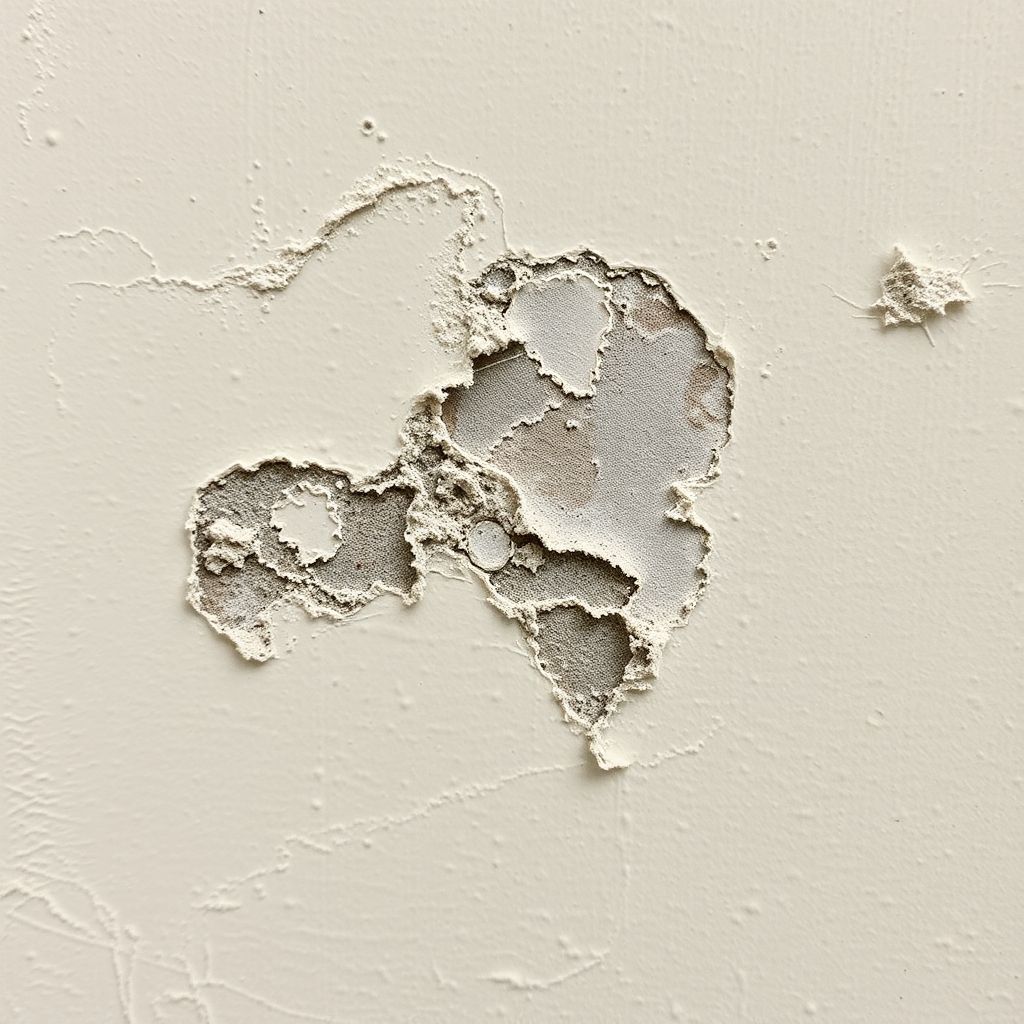
Sometimes, the signs of mold aren’t as obvious as a patch of black fuzz. Warped or bubbling paint can be a sneaky indicator of moisture issues and potential mold growth behind your walls. It’s easy to dismiss a little peeling paint, but it’s worth investigating further.
Peeling Paint on Walls
Peeling paint is more than just an aesthetic issue; it can be a red flag. When moisture gets trapped behind the paint, it causes the paint to lose its adhesion, leading to peeling. This is especially true in areas with high humidity, like bathrooms or kitchens. Keep an eye out for paint that’s starting to lift or flake off, particularly near the floor or ceiling. It might be a sign of a bigger problem lurking beneath the surface.
Bubbling Baseboards
Bubbling paint on baseboards is another sign that moisture is present. Baseboards are particularly vulnerable because they’re close to the floor, where water can accumulate. If you notice bubbles or blisters forming on your baseboards, it’s a good idea to check for leaks or other sources of moisture. Ignoring this sign could lead to extensive mold growth and costly repairs down the road.
Moisture Behind Paint
Sometimes, the paint might not be peeling or bubbling yet, but you can still detect moisture behind it. Press gently on the wall; if it feels soft or spongy, that’s a sign that there’s moisture trapped inside. You might also notice discoloration or staining on the paint surface. These are all clues that mold could be growing behind the wall. If you suspect moisture, it’s best to investigate further by removing a small section of the wall to check for mold.
Addressing moisture issues promptly is key to preventing mold growth. Don’t ignore warped or bubbling paint; it could save you from a much bigger headache in the future.
Mold Growth on Household Items
Mold isn’t just a structural problem; it can also invade your belongings. It’s kinda gross to think about, but mold spores are everywhere, and they’ll happily set up shop on your stuff if the conditions are right. We’re talking about things like clothes, furniture, and even appliances. Let’s take a look at some common culprits.
Clothing and Fabrics
Ever pulled clothes out of the closet and noticed a weird, musty smell? Or maybe some spots that weren’t there before? That could be mold. Fabrics are super absorbent, so they trap moisture, making them a perfect breeding ground. Always make sure your clothes are completely dry before putting them away, and don’t leave damp towels or swimsuits lying around. I learned that the hard way after a beach trip last summer – my favorite beach towel was ruined!
Leather Goods
Leather is another material that mold loves. Shoes, bags, jackets – anything leather can be affected. The porous nature of leather means it can easily absorb moisture, leading to mold growth.
I once had a really nice leather jacket that I had to throw away because of mold. It started with a small spot on the lining, and before I knew it, the whole thing was covered. It was a total bummer, and a good reminder to take care of your leather stuff.
Here are some tips to prevent mold on leather:
-
Store leather items in a cool, dry place.
-
Use a leather conditioner to keep the material supple and resistant to moisture.
-
Air out leather items regularly, especially after they’ve been exposed to moisture.
Kitchen Appliances
Believe it or not, mold can even grow in your kitchen appliances. Coffee makers, blenders, dishwashers – any appliance that uses water is at risk. If you notice a funky smell or taste coming from your appliances, it could be a sign of mold. Make sure to clean your appliances regularly, paying special attention to areas where moisture can accumulate. I always run a vinegar cycle through my coffee maker every month to keep it clean and mold-free.
The Importance of Regular Inspections
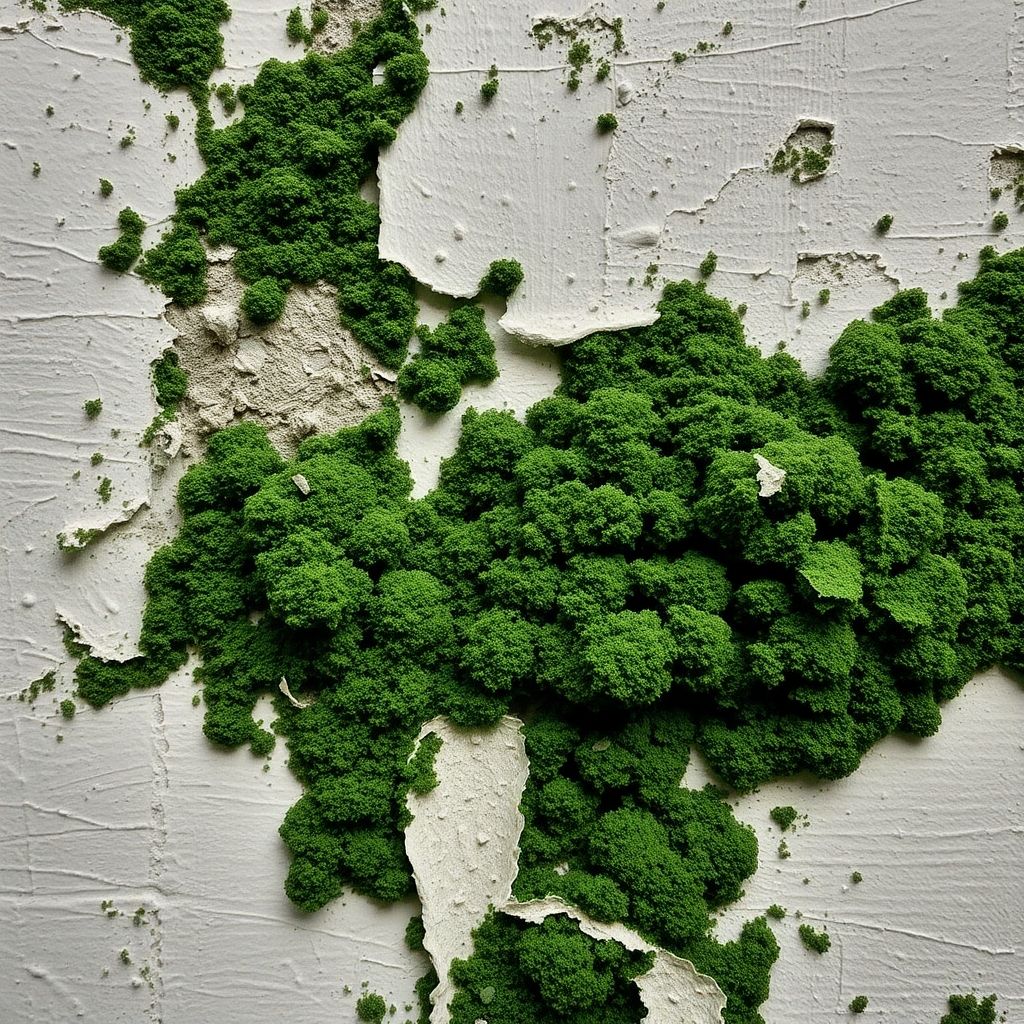
It’s easy to forget about mold until you see it, but by then, it might be a bigger problem than you think. Regular inspections are key to catching mold early, before it spreads and causes damage or health issues. Think of it like going to the doctor for a check-up – you might feel fine, but they can spot potential problems before they become serious.
Checking Hidden Areas
Mold loves to hide in dark, damp places. When you’re inspecting, don’t just look at the obvious spots. Get down low and check under sinks, behind appliances, and in closets. Pay special attention to areas that have had leaks or water damage in the past. These are prime breeding grounds for mold. I usually start with the basement and bathrooms, as they tend to be the most humid. Also, don’t forget to check the attic, especially around the roof vents and insulation.
Using a Humidity Meter
A humidity meter, or hygrometer, is a cheap tool that can give you valuable information about the moisture levels in your home. Ideal humidity levels should be between 30-50%. If you consistently see readings above 50%, it’s a sign that you need to take steps to reduce moisture, such as using a dehumidifier or improving ventilation. I picked up a simple digital one online for about $20, and it’s been a lifesaver.
Identifying Early Signs
Knowing what to look for is half the battle. Early signs of mold aren’t always obvious. It might just be a musty smell, a small discoloration on the wall, or some condensation on the windows. The sooner you spot these signs, the easier it will be to deal with the problem. I once caught a small patch of mold growing behind a bookshelf just by noticing a faint, earthy odor.
Regular inspections don’t have to be a huge chore. Just set aside some time each month to walk through your home and look for any signs of moisture or mold growth. It’s a small investment of time that can save you a lot of headaches (and money) in the long run.
Here’s a simple checklist I use:
-
Check for leaks around pipes and fixtures.
-
Inspect walls and ceilings for water stains or discoloration.
-
Sniff for musty odors in each room.
-
Monitor humidity levels with a meter.
Understanding Mold vs. Mildew
Differences in Appearance
Mold and mildew differ quite a bit in how they look. Mildew usually appears as a flat, surface-level growth. It’s often powdery and can be white, gray, or even yellowish. You might see it in your bathroom on shower tiles. Mold, on the other hand, can be fuzzy or slimy and comes in a wider range of colors, including green, black, and even pink. The texture and color are key indicators.
Health Risks of Each
Both mold and mildew can cause health issues, but the severity can vary. Mildew often leads to allergic reactions like coughing, headaches, and respiratory problems. Mold can cause similar symptoms, but some types of mold, like black mold, can produce mycotoxins, which are more dangerous. It’s important to address both, but be extra cautious with mold, especially if you have underlying health conditions.
It’s important to remember that any kind of microbial growth in your home can affect your indoor air quality. Even if it seems like a minor issue, it’s best to take steps to remove it and prevent it from coming back.
Removal Techniques
Removing mildew is often easier because it’s usually on the surface. You can often scrub it away with a mixture of bleach and water, or a specialized mildew cleaner. Mold removal can be more complicated, especially if it has penetrated deeper into surfaces. Sometimes, you can clean it yourself, but for larger infestations, it’s best to call in a professional. They have the equipment and expertise to safely remove mold and prevent it from spreading. Plus, they can identify the source of the moisture problem to keep it from returning.
When to Seek Professional Help
Sometimes, dealing with mold is more than a DIY job. Knowing when to call in the pros can save you a lot of trouble, and potentially, your health. I remember trying to tackle a mold issue myself once, thinking it was just a small spot. Turns out, it was way bigger behind the wall, and I ended up making it worse. Lesson learned!
Signs of Extensive Growth
If you’re seeing mold spread rapidly or covering a large area (like more than 10 square feet), it’s time to get professional help. Large infestations often mean the problem is more complex than it appears, possibly with hidden sources of moisture. I’m talking entire walls, ceilings, or even multiple rooms affected. Don’t underestimate how quickly mold can spread; what starts as a small spot can become a major issue in just a few days.
Health Concerns
If you or anyone in your family is experiencing persistent health issues that you suspect are related to mold exposure, consult a doctor and consider professional mold remediation. Symptoms like chronic coughing, difficulty breathing, persistent headaches, or allergic reactions should not be ignored. Some people are more sensitive to mold than others, and prolonged exposure can lead to serious health problems. It’s better to be safe than sorry when it comes to your health.
Mold Removal in Oak Park, IL
If you live in Oak Park, IL, or any other area with specific regulations regarding mold removal, it’s often best to hire a certified mold remediation company. These companies understand local codes and have the equipment and expertise to safely and effectively remove mold. Plus, they can provide documentation for insurance purposes, which can be a huge help. I know a few people who tried to cut corners and ended up with fines and more mold problems down the road. Not worth the risk!
Dealing with mold can be tricky, and sometimes, it’s just not worth the risk to your health or your home’s structure. Professionals have the tools and knowledge to handle the problem safely and effectively, ensuring that the mold is completely removed and won’t return. Plus, they can identify and address the underlying moisture issues that are causing the mold growth in the first place.
Preventative Measures Against Mold
It’s almost impossible to completely get rid of mold spores, they’re everywhere. But, you can make your home a less welcoming place for them to grow. Here’s how:
Controlling Indoor Humidity
Keeping humidity levels down is key. Mold loves moisture, so aim for a humidity level below 50%. I use a dehumidifier in the basement, especially during the summer. Air conditioning also helps a lot. Just make sure you’re changing the filters regularly; a dirty filter can actually make things worse by spreading spores around. I try to change mine every three months, but it really depends on how often you use the AC.
Proper Ventilation
Good airflow is super important. Always use exhaust fans in bathrooms and the kitchen when you’re showering or cooking. Open windows when the weather allows, even just for a little while each day. Make sure your clothes dryer is venting outside, not into your house. I learned that the hard way when I noticed some weird stuff growing in my laundry room. Ventilation is your friend.
Regular Cleaning and Maintenance
Regular cleaning can prevent mold before it starts. Wipe down showers and tubs after each use. Clean up spills right away. Check for leaks under sinks and around appliances. Don’t let wet towels or clothes pile up. I also add mold inhibitors to paint, especially in bathrooms and basements. It’s a small thing, but it can make a difference. Also, make sure water drains away from your house.
I’ve found that a little bit of prevention goes a long way. It’s much easier to keep mold from growing in the first place than it is to get rid of it once it takes hold. Regular checks and a few simple habits can save you a lot of trouble down the road.
To keep mold away, it’s important to take some simple steps. Make sure your home is well-ventilated and dry. Fix any leaks quickly and use a dehumidifier if needed. Regularly clean areas that can get damp, like bathrooms and kitchens. If you want to learn more about how to protect your home from mold, visit our website for helpful tips and resources!
Wrapping It Up
So, there you have it. Mold can be a sneaky little troublemaker in your home, and spotting it early is key. Keep an eye out for those telltale signs like moisture, discoloration, or that musty smell. If you see any of these signs, don’t just brush it off. Mold can lead to bigger problems down the line, both for your home and your health. Regular checks in those damp spots can save you a lot of headaches later. Remember, a little prevention goes a long way. Stay vigilant, and your home will thank you!
Frequently Asked Questions
What are common places to find mold in my home?
Mold usually grows in damp areas like attics, basements, bathrooms, and crawlspaces. It can also hide behind walls and under sinks.
How can I tell if I have mold by looking?
You might see discoloration on walls, fuzzy or slimy textures, and mold on furniture. These are clear signs that mold is present.
What does mold smell like?
Mold often gives off a musty smell. If you notice this odor in your home, especially near appliances or in closets, it could mean mold is nearby.
How does humidity affect mold growth?
High humidity can lead to mold. If your home feels damp or if there’s condensation on windows, it can create a perfect environment for mold.
What health problems can arise from mold exposure?
Being around mold can cause respiratory issues, allergic reactions, and skin irritations. It’s important to address mold problems quickly.
What does peeling or bubbling paint indicate?
If your paint is peeling or bubbling, it may mean there’s moisture behind it, which can lead to mold growth.
Can mold grow on my belongings?
Yes, mold can grow on clothing, leather items, and even kitchen appliances if they are damp.
How can I prevent mold in my home?
To prevent mold, control indoor humidity, ensure proper ventilation, and clean regularly to keep areas dry.

